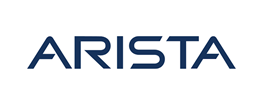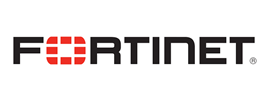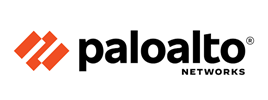- Course overview
- Course details
- Prerequisites
Course overview
About this course
AGCP-DP features a combination of lectures, design activities, and hands-on labs to show you how to use proven design patterns on Google Cloud to build highly reliable and efficient solutions and operate deployments that are highly available and cost-effective. This course was created for those who have already completed the Architecting with Google Compute Engine or Architecting with Google Kubernetes Engine course.
Audience
- Cloud Solutions Architects, Site Reliability Engineers, Systems Operations professionals, DevOps Engineers, IT managers
- Individuals using Google Cloud to create new solutions or to integrate existing systems, application environments, and infrastructure with Google Cloud
Course details
Module 1: Defining the Service
- Describe users in terms of roles and personas
- Evaluate KPIs using SLOs and SLIs
- Determine the quality of application requirements using SMART criteria
Module 2: Microservice Design and Architecture
- Decompose monolithic applications into microservices
- Recognize appropriate microservice boundaries
- Design consistent, standard RESTful service APIs
- Identify the 12-factor best practices for implementing services
Module 3: DevOps Automation
- Discuss the automation of service deployment using CI/CD pipelines
- Explain how to leverage Cloud Source Repositories for source and version control
- Automate builds with Cloud Build and build triggers
- Manage container images with Container Registry
Module 4: Choosing Storage Solutions
- Identify the use cases for Spanner
- Identify the use cases for Cloud SQL
- Identify the use cases for Firestore
- Identify the use cases for Memorystore
Module 5: Google Cloud and Hybrid Network Architecture
- Discuss the design of VPC networks to optimize for cost, security, and performance
- Describe how global and regional load balancers provide access to services
- Connect networks using peering and VPNs
- Define hybrid networks between Google Cloud and on-premises data centers using Cloud Interconnect
Module 6: Deploying Applications to Google Cloud
- Choose the appropriate Google Cloud deployment service for your applications
- Configure scalable, resilient infrastructure using Instance Templates and Groups
- Orchestrate microservice deployments using Kubernetes and GKE
- Leverage App Engine for a completely automated platform as a service (PaaS)
Module 7: Designing Reliable Systems
- Discuss the design of services to meet requirements for availability, durability, and scalability
- Identify the failures to be avoided to implement a fault-tolerant system
Module 8: Security
- Identify the best practices for designing secure systems
- Discuss the use of organizational policies and folders to simplify cloud governance
- Identify Google Cloud services that can be leveraged for access management
- Identify Google Cloud services that can be leveraged to mitigate DDoS attacks
Module 9: Load Balancing and Autoscaling
- Discuss different ways to manage new service versions
- Describe how to forecast, monitor, and optimize service costs
- Observe if your services are meeting their SLOs using Cloud Monitoring and Dashboards
- Use Uptime Checks to determine service availability
- Respond to service outages using Cloud Monitoring Alerts
Prerequisites
Before attending this course, students should have:
- Have completed Architecting with Google Compute Engine (AGCE), or have equivalent experience
- Have basic proficiency with command-line tools and Linux operating system environments
- Have systems operations experience, including deploying and managing applications, either on-premises or in a public cloud environment
Enquiry
Course : Architecting with Google Cloud: Design and Process (AGCP-DP)
Enquiry
request for : Architecting with Google Cloud: Design and Process (AGCP-DP)





















